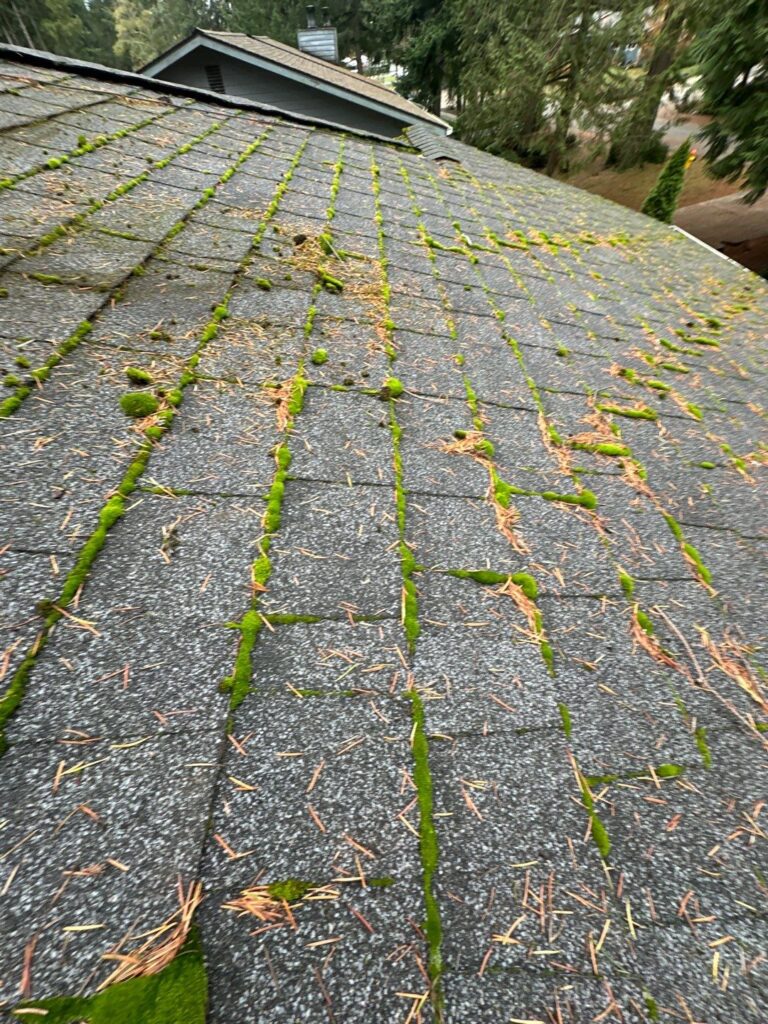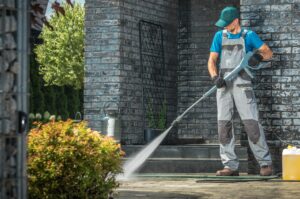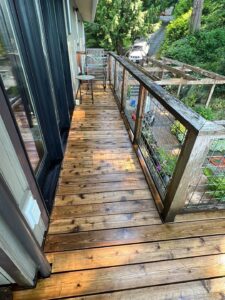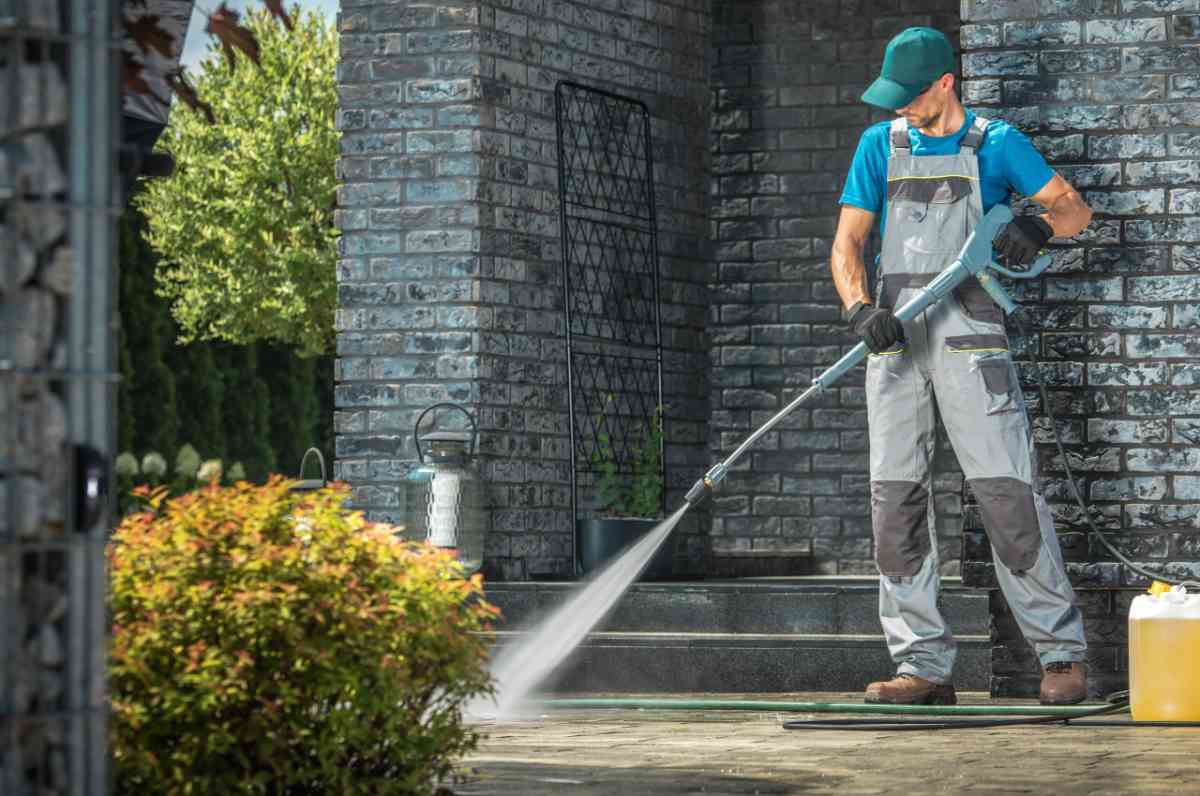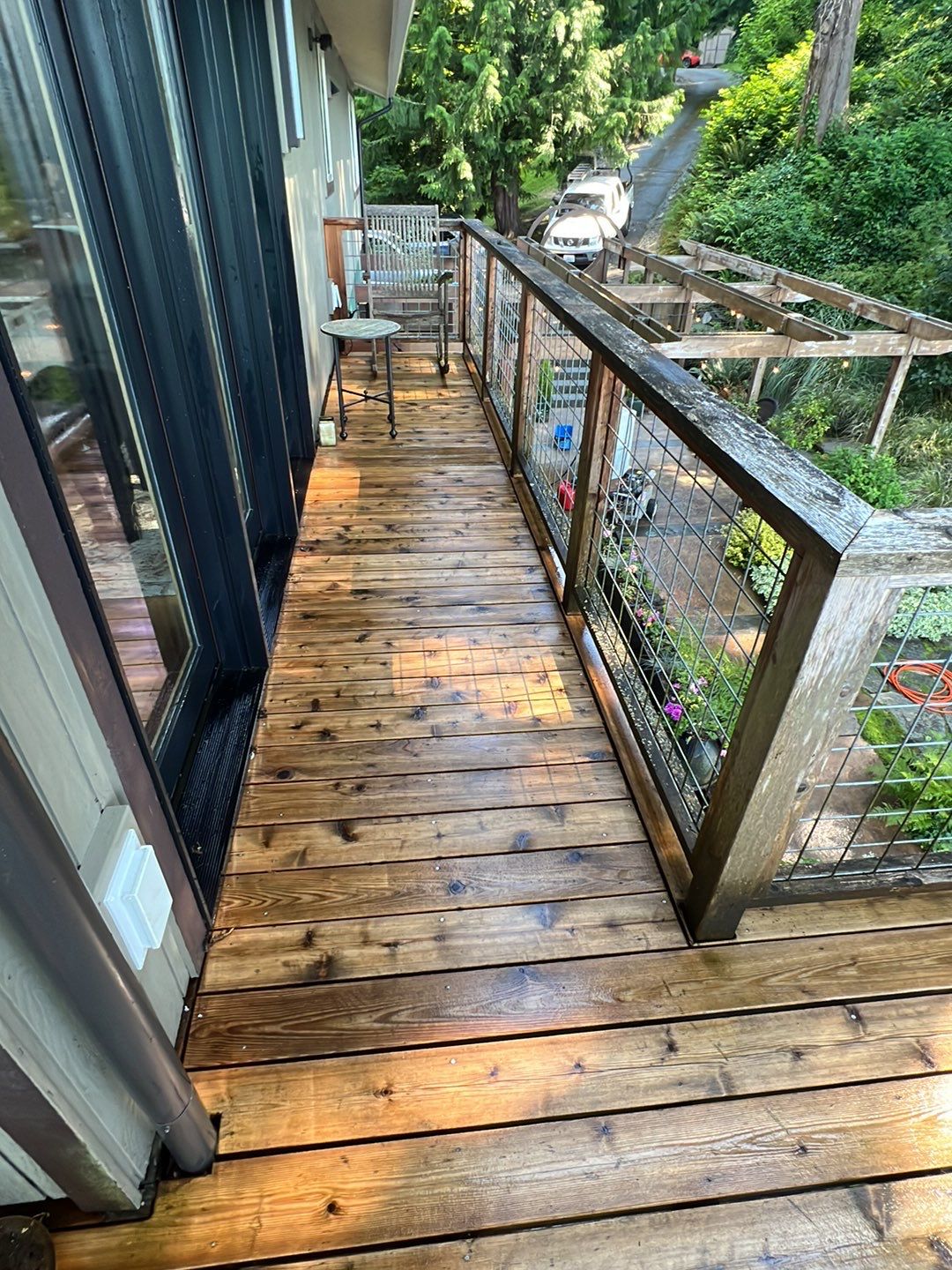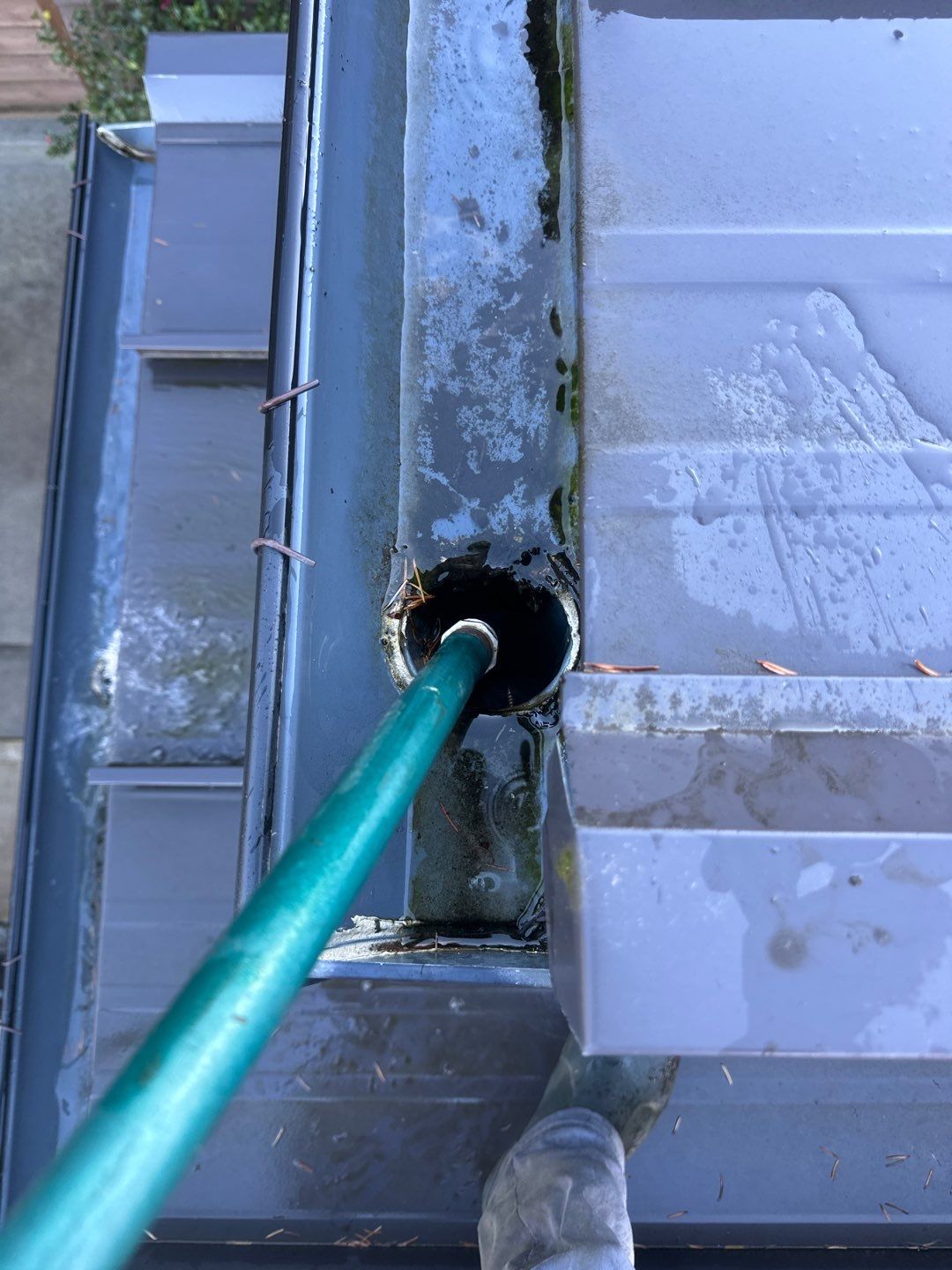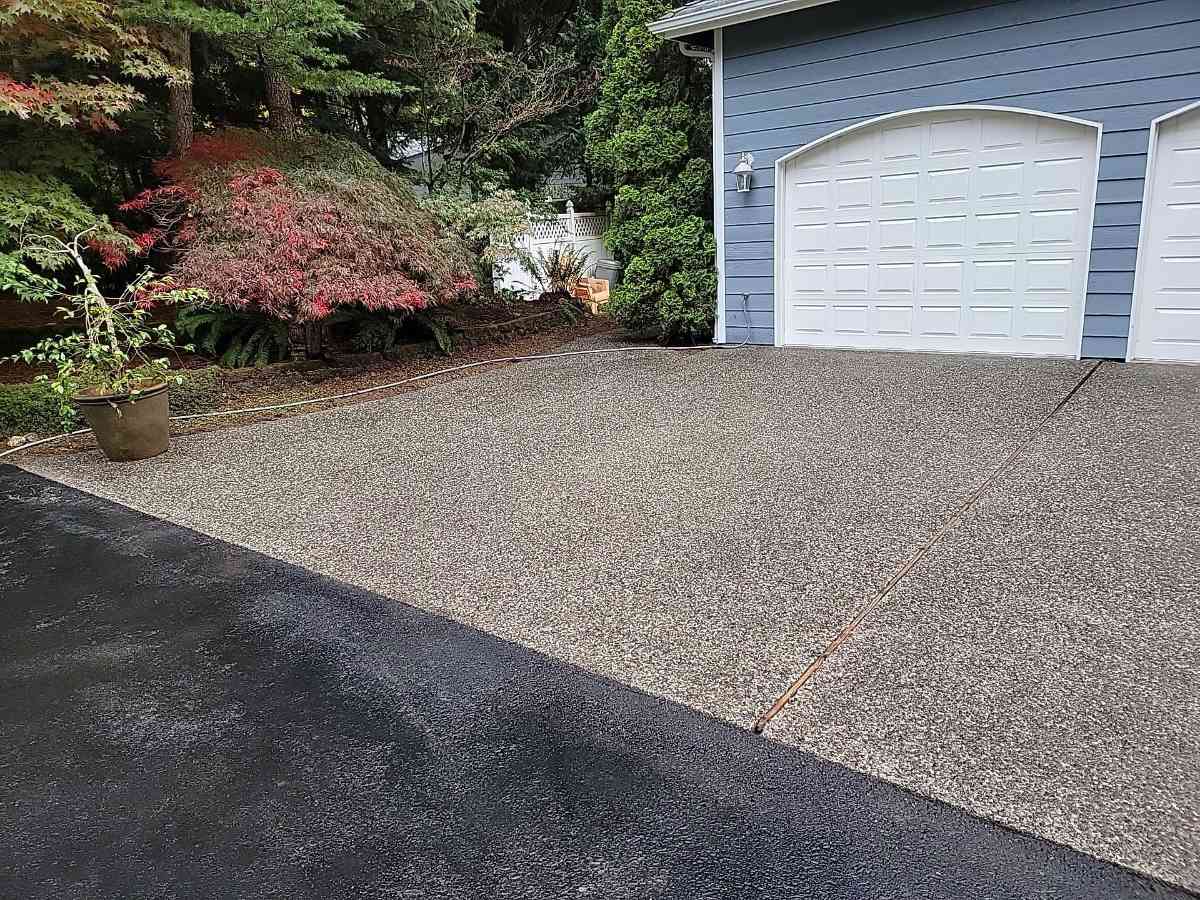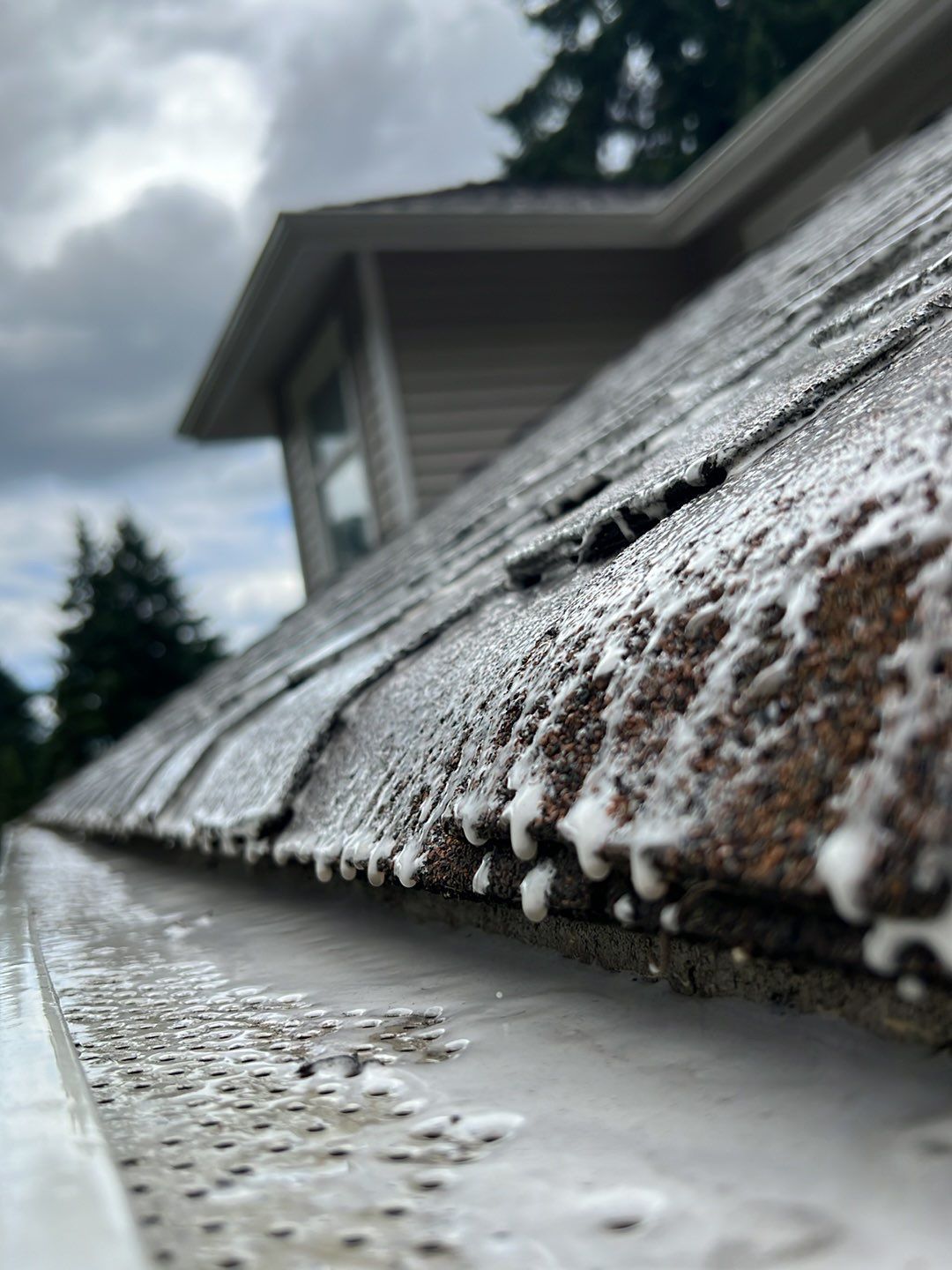Moss Be Gone! The Complete Guide to Safely Remove Moss From Roof
If you are a homeowner, chances are you have encountered moss growing on your roof at some point. While it may seem harmless, moss can cause serious damage to your roof if left untreated. It can trap moisture and cause rot, as well as create unsightly stains that decrease the curb appeal of your home.
Moss is a common problem that many homeowners face, especially those living in damp and shaded areas. It may seem harmless at first, but over time it can cause damage to your roof and even compromise its structural integrity.
But fear not! We have put together the ultimate guide for safely remove moss from roof. In this comprehensive guide, we will cover everything you need to know about identifying, preventing and removing moss from your roof. So put on your gloves and let’s get started!
What is Moss?
Moss on the roof can be a picturesque sight, evoking images of quaint cottages nestled in the countryside. However, this seemingly innocent greenery can lead to serious issues for your roof. Moss, along with algae and lichen, thrives on the moisture and organic debris that accumulates on rooftops. As it grows, it can compromise the integrity of the shingles by wedging into cracks and crevices, leading to potential damage. Moreover, moss acts like a sponge, absorbing excessive moisture and keeping the roof perpetually damp, which can pave the way for further problems down the line.
The presence of moss on your roof not only poses aesthetic concerns but can also impact its functionality. The moisture-retaining nature of moss can contribute to the constant dampness of your roof, potentially leading to issues such as water seepage and leakage. Additionally, if left unchecked, the moss can spread, causing further damage to the roofing materials. It’s essential to address this issue promptly to prevent potential structural and aesthetic repercussions in the long run.
To combat moss on your roof, it’s crucial to consider effective removal and prevention methods. Understanding the factors that contribute to moss growth, such as moisture and shaded areas, can aid in implementing proactive measures. From chemical solutions tailored to loosening moss without harming shingles to professional services equipped to eradicate organic growth, taking proactive steps can help safeguard the longevity and integrity of your roof.
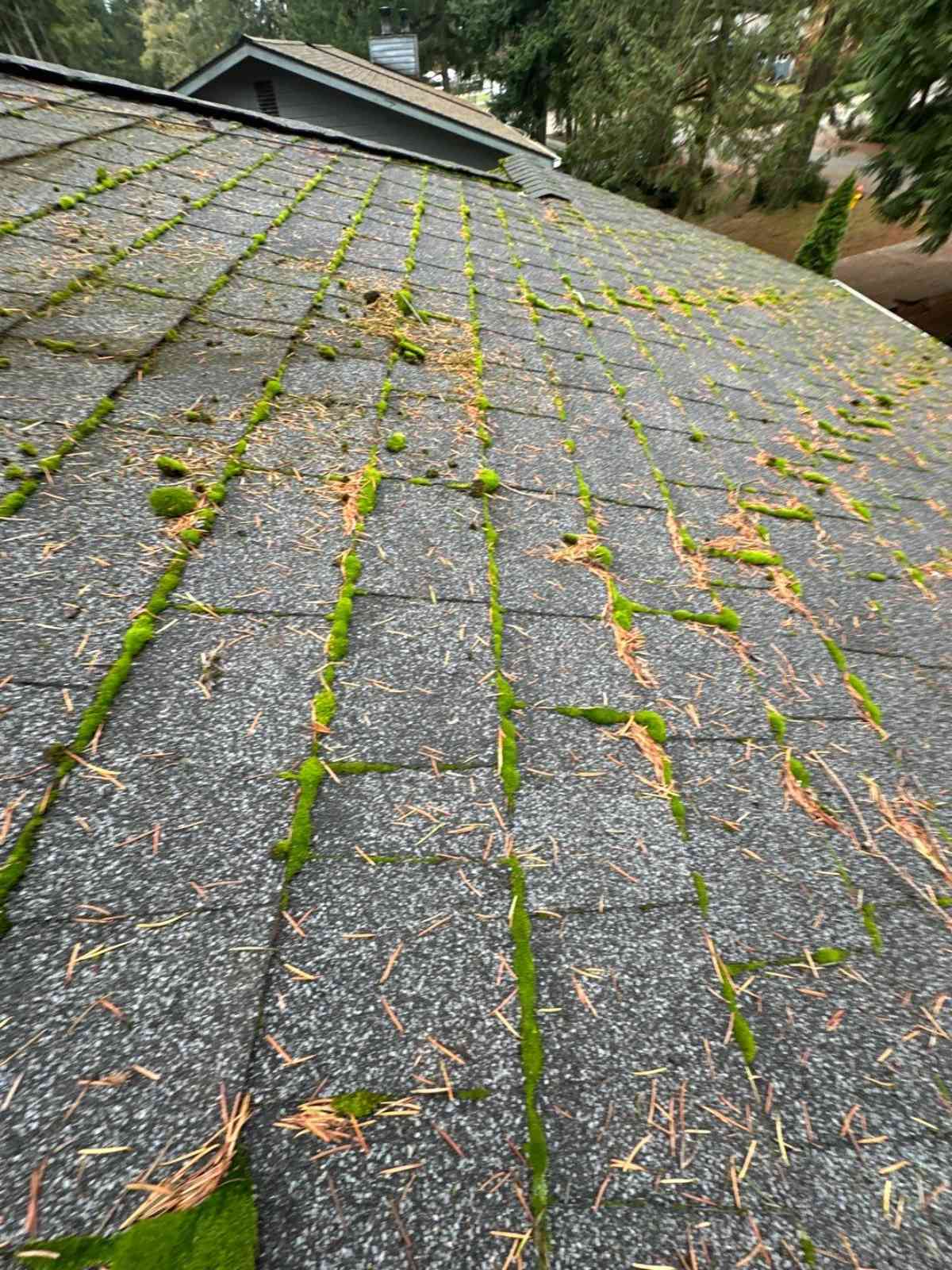
The Dangers Lurking Beneath the Moss
Moss may seem like a harmless plant, but it can cause severe damage to your roof if not addressed promptly. Here are some of the potential dangers lurking beneath the moss:
- Moisture buildup: As mentioned earlier, moss acts as a sponge and retains moisture, which can lead to water seepage and leakage into your home.
- Weakened shingles: Moss can wedge its way into cracks and crevices of your shingles, causing them to loosen and weaken.
- Growth of other organisms: The dampness created by moss can also create a favorable environment for the growth of other organisms such as mold and mildew.
- Structural damage: If left untreated for a long time, moss can cause structural damage to your roof, leading to costly repairs or even replacement.
- Decreased curb appeal: Let’s face it, moss-covered roofs are not the most visually appealing. It can decrease the curb appeal of your home and potentially affect its resale value.
It’s crucial to take action at the first sign of moss growth on your roof to prevent these potential dangers from becoming a reality.
Identifying Moss on Your Roof
Before you can start removing moss from your roof, you need to know what it looks like and where to find it. Moss typically appears as a green, spongy growth and can be found in shaded areas of your roof or places that tend to hold moisture. It may also appear as black or dark brown patches depending on the species.
But how do you differentiate between moss and other types of organic growth on your roof? Here are some key characteristics to look out for:
- Sponge-like texture: Moss has a soft, spongy texture and can be easily compressed. When you press down on it, it will bounce back.
- Green color: As mentioned earlier, moss is typically green in color, but can also appear as dark patches depending on the species and level of moisture.
- No visible roots: Unlike plants that have visible roots, moss does not have a root system. It attaches itself to surfaces through tiny hair-like structures called rhizoids.
- Grows in clumps: Moss tends to grow in clusters or clumps, rather than spreading out evenly like other types of plants
- Found in damp areas: Since moss thrives on moisture, it is usually found in areas of your roof that are shaded or tend to collect water.
If you notice any of these characteristics on your roof, it’s a good indication that you have a moss problem that needs to be addressed. But don’t worry, with the right techniques and precautions, you can safely remove it from your roof and prevent it from coming back.
Safe Moss Removal Techniques That Won’t Harm Your Roof
When it comes to removing moss from your roof, there are a variety of methods and techniques to choose from. However, not all of them may be safe for your roof or the environment. Here are some effective yet gentle techniques that can help you get rid of moss without causing harm:
- Scraping: This method involves manually scraping off the moss with a tool such as a roof rake or a plastic scraper. It’s important to be gentle and avoid damaging the shingles while scraping.
- Chemical solutions: There are various chemical solutions available in the market that can effectively kill moss without causing harm to your roof. Be sure to read labels carefully and choose one specifically designed for roofs.
- Pressure washing: This method involves using high-pressure water to dislodge and remove moss from your roof. However, it’s essential to use the correct pressure setting to avoid damaging the shingles.
- Professional services: If you’re not comfortable with DIY methods or have a severe moss infestation, it’s best to seek professional services. They will have the necessary equipment and expertise to safely remove moss without causing damage.
Regardless of the technique you choose, it’s essential to follow safety precautions such as wearing protective gear and avoiding walking on a wet roof to prevent accidents. Additionally, taking preventive measures can help avoid future moss growth on your roof.

Preventing Moss Growth on Your Roof
Once you have successfully removed moss from your roof, it’s crucial to take preventive measures to avoid it from coming back. Here are some simple yet effective ways to prevent moss growth:
- Trim tree branches: Overhanging tree branches can provide shade and trap moisture on your roof, creating an ideal environment for moss to grow. Regularly trimming these branches can help reduce the amount of shade and moisture.
- Keep gutters clean: Clogged gutters can cause water to pool on your roof, leading to moss growth. Regularly cleaning out debris from gutters can prevent this.
- Install zinc or copper strips: These metals have natural antimicrobial properties that can prevent moss growth. They can be installed along the ridges of your roof for long-term prevention.
- Maintain proper ventilation: Adequate ventilation is crucial in preventing moisture buildup on your roof. Make sure your attic is properly ventilated to prevent condensation and dampness.
- Apply a moss inhibitor: There are various DIY and commercial moss inhibitors available that can be applied to your roof to prevent future growth.
By taking these preventive measures, you can ensure that your roof remains free from moss and its potential dangers. With regular maintenance and quick action at the first signs of moss growth, you can keep your roof in top shape for years to come.
Moss may seem like a harmless addition to your roof, but it can cause serious damage if left unchecked. It’s essential to regularly inspect your roof for any signs of moss and take prompt action to remove it. By identifying moss early on and using safe removal techniques, you can prevent costly repairs and maintain the curb appeal of your home. Don’t forget to take preventive measures to avoid future moss growth and enjoy a moss-free roof for years to come. So, keep an eye out for any signs of moss on your roof and take action before it becomes a bigger problem. Your home and wallet will thank you in the long run! Keep your roof clean and healthy, and it will continue to protect you for many years to come. Happy moss-free roofing!
https://www.google.com/maps?cid=2974424543618329650

